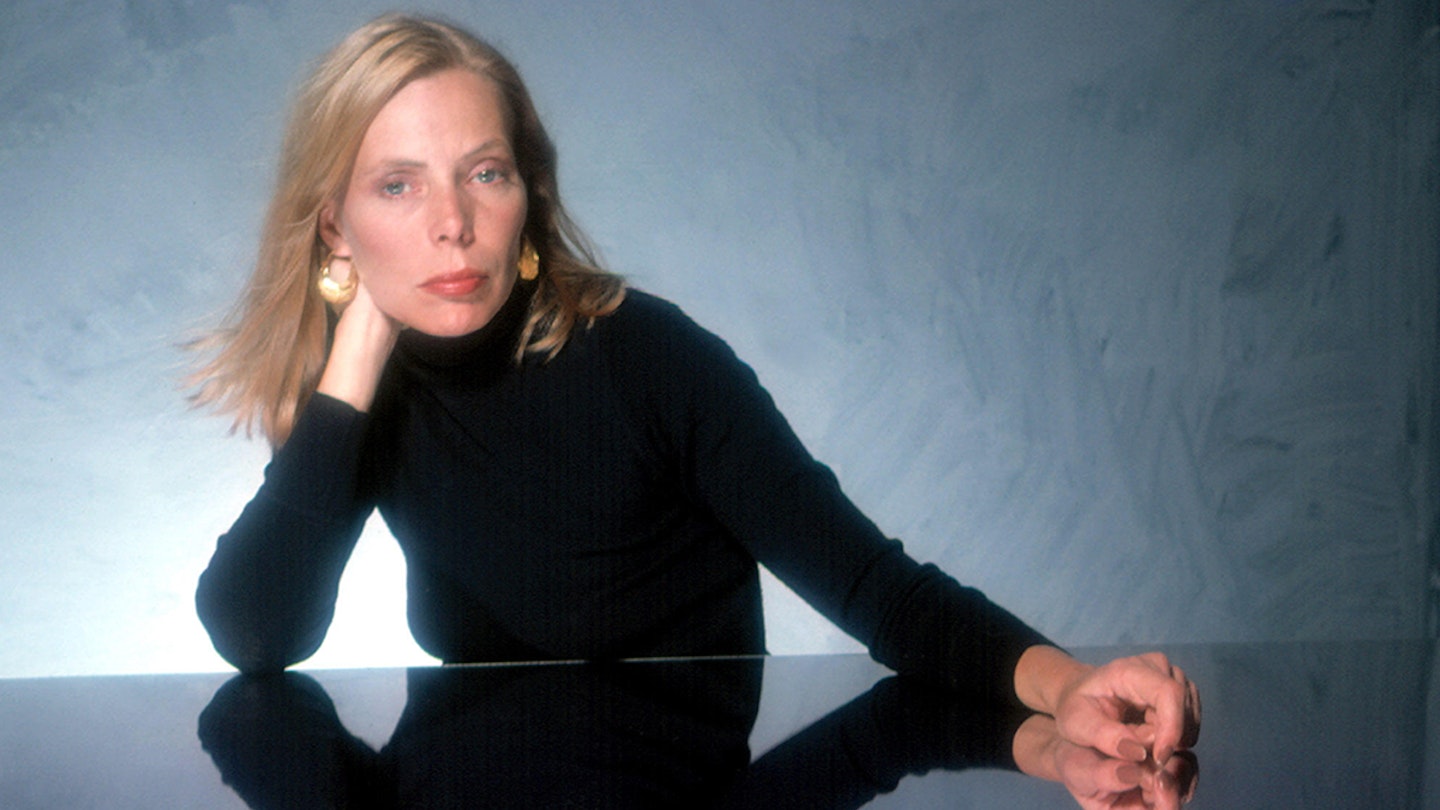Portrait: Everett Collection Inc / Alamy Stock Photo
Crazy chords, unreliable beaus, jazz cats and a drunk John Lennon litter the path to Joni Mitchell's second great masterpiece, Court And Spark: an intimate self-portrait and dissection of the LA scene’s Gatsby-ish bacchanal. In this extract from MOJO's recent Joni Mitchell cover feature Tom Doyle sets the scene for the creation of a whole new phase in Mitchell’s astonishing musical development...
Situated just south of the corner of Sunset Boulevard and North La Brea Avenue in Hollywood, the A&M recording studio lot was one of the most happening spots in Los Angeles in 1973. Formerly the site of Charlie Chaplin’s film studio (where he’d encountered The Kid in 1921 and eaten his boot in The Gold Rush in 1925), it had been bought by A&M Records’ Herb Alpert and Jerry Moss in ’66 and quickly become one of the premier recording facilities in southern California.
“You would see everybody walking around the lot,” remembers Cheech Marin, one half of stoner comedy duo Cheech & Chong, who recorded a series of albums at A&M and who would appear in a cameo skit on Joni Mitchell’s pivotal sixth album, Court And Spark. “It was Leon Russell and The Carpenters and Joe Cocker and Joni Mitchell. We showed up and everybody would go, ‘Who are these two guys recording outside in the courtyard?’”
LA in ’73 was fast changing. Many of the Laurel Canyon hippy musicians were now rich, and mellowing marijuana had been replaced by ego-boosting hits of cocaine, which was de rigueur in both the recording studios and record company boardrooms. The previous November, Carly Simon’s cryptic Number 1 song You’re So Vain had been marketed via promo mirrors handed out to radio DJs, both to reflect the song’s title and provide a handy surface for chopping out a line.
I played John Lennon something, he said ‘Oh, it’s all a product of overeducation. You want a hit, don’t you? Put some fiddles on it!’
Joni Mitchell
As night fell over Hollywood and the bars closed at midnight, sometimes the party moved on to A&M, where the notoriously riotous sessions for John Lennon’s Rock’n’Roll album were taking place, overseen by a gun-packing, amyl nitrate-sniffing Phil Spector. More than once, Joni Mitchell dropped by: one time with her new buddy Jack Nicholson, another time with Warren Beatty. Lennon’s girlfriend at the time, May Pang, later recalled the ex-Beatle had bitched behind Mitchell’s back that the hip actors were “Joni’s trophies”.
“Both Sides Now invites you to count its rings, count every shift in meaning over the course of a life...” Read MOJO’s verdict on Joni Mitchell’s At Newport, recorded at last year’s surprise Joni Jam.
"She's ahead of the curve, the pack, whatever you've got..." Read MOJO's verdict on Joni Mitchell's The Asylum Albums
In the studio next door, Mitchell was finessing the altogether more focused Court And Spark. Bored and drunk, Lennon gatecrashed proceedings to offer Joni some unsolicited advice.
“I played him something,” she later recalled. “[He said] ‘Oh, it’s all a product of overeducation. You want a hit, don’t you? Put some fiddles on it!’”
The irony being that at a time when Lennon was regressing to rock’n’roll first principles, Mitchell was undertaking a daring progressive leap; Court And Spark would be the album to transform her from confessional folk singer into the queen of LA jazz rock. In many ways, it would be just as starkly emotional as her previous landmark, 1971’s Blue, but with its raw sentiments soothed by its rhythmically-driven songs and glossy production. Here, as she vividly described in its eerie piano ballad title track, she was exploring “the city of the fallen angels”: songs about deranged parties, failed therapy sessions and lovelorn Bel Air sadness.
Joni reached a point where, to my mind, she was writing about rich people.
Randy Newman
Like Lennon, however, not everyone was buying into Mitchell’s new direction. “Joni reached a point where, to my mind, she was writing about rich people,” Randy Newman later carped to MOJO writer Barney Hoskyns. “And I lost interest.”
“I can only say that you write about that which you have access to,” Mitchell responded in her defence. “So, if you go from the hippy thing to more of a Gatsby community, so what? Life is short and you have an opportunity to explore as much of it as fame and fortune will allow.”In truth, Mitchell had always been ambivalent about success. Court And Spark would only serve to make her even more famous. With its release, on January 14, 1974, it was to become her biggest album: hitting Number 2, going double platinum and marking the beginning of a whole new phase in her astonishing musical development.
"I was blown away by this woman..." Read the story of Court And Spark in full!

